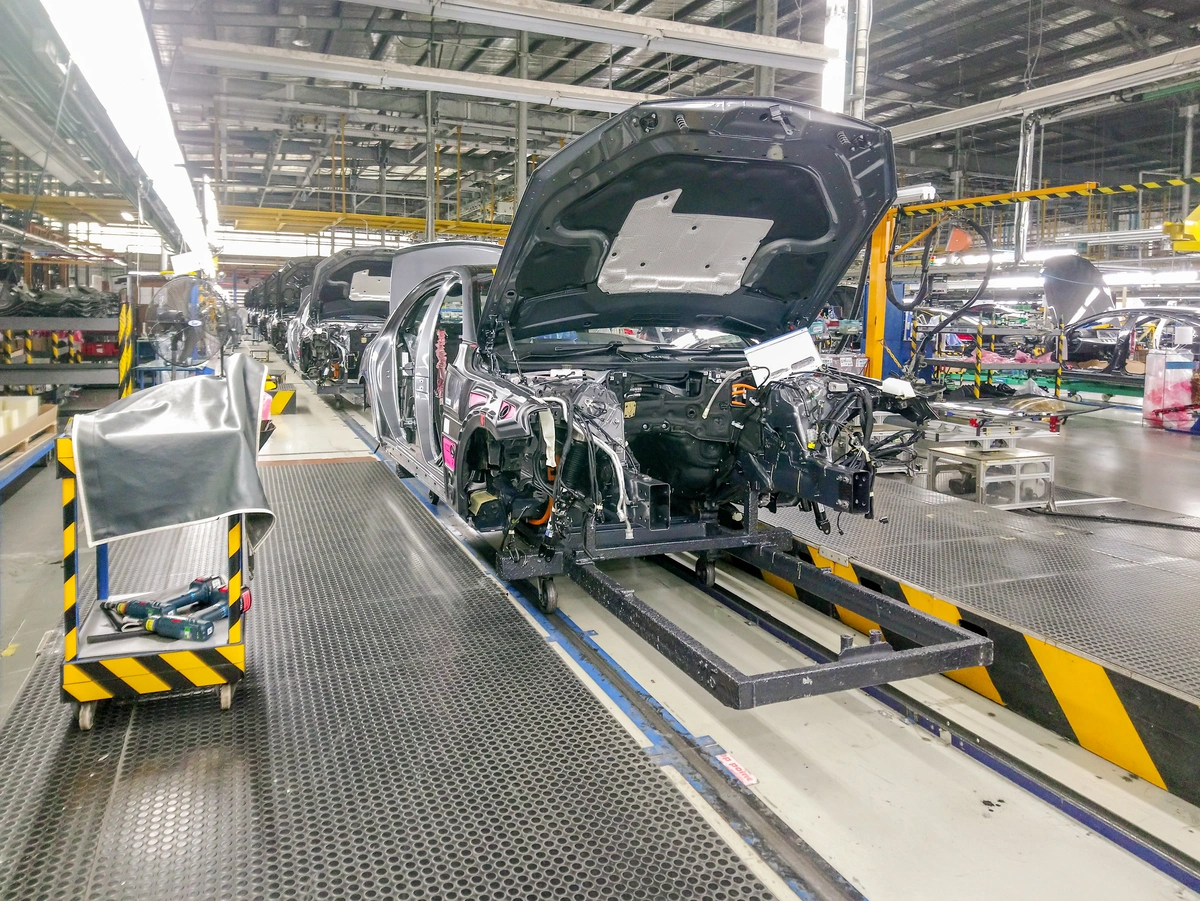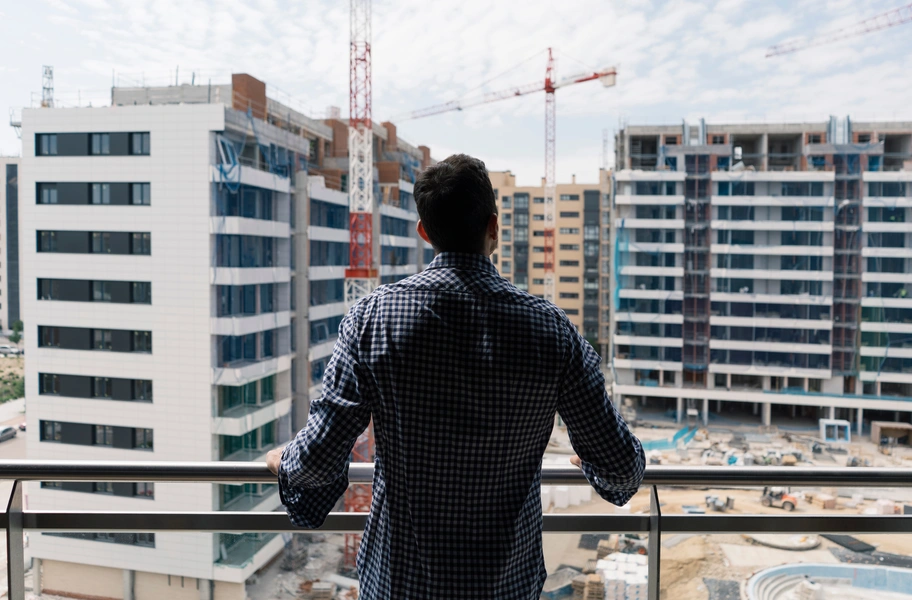In the fourth quarter of 2021, Ichor launched a survey to collect information in communities across the country. In its first iteration, the survey collected responses across 25 U.S. cities. Considering the recent passage of the Infrastructure Investment and Jobs Act, that will bring mass deployment of capital to states, periodic surveying by Ichor can provide timely information on community issues and perceptions, as well as assess constituents’ perceptions of essential resources and infrastructure. By providing companies with community perspectives in key markets, stakeholders and decision-makers can better align projects and initiatives with corporate and community goals.
Public Transportation Access
As leaders seek solutions that further communities’ equity and sustainability goals, public transportation is one important focal point. Overall, 74 percent of respondents indicated their community had sufficient access to public transportation. Regionally, the survey finds that public transportation is most positively rated in the West (53%) and least positively in the South (41%). The Northeast reported the highest need for better train or subway services and had the second most positive perception of its public transit but was also the most likely to rate their public transit poorly (26%), followed by the South (25%).
Additional results found:
-
Respondents from both regions reported high rates of ‘often’ thinking about poor mass transit, 43 percent in the South and 46 percent in the Northeast.
-
Notably, southern respondents were, on average, 10 percent less likely to say their community had sufficient access to public transportation.
-
When we breakdown responses by race and ethnicity, however, people of color were 33 percent more likely to report ‘often’ thinking about poor mass transit relative to their white counterparts, pointing to the outsized effect poor public transit has on communities of color.
-
People of color were significantly more likely to report using public transportation, with Black respondents twice as likely to use public transportation as their white counterparts.
-
Additionally, higher public transportation use rates were negatively correlated with income, demonstrating that mass transit is not just an issue of racial but also economic equity.
-
Overall, residents were much more likely to cite traffic and congestion as major concerns (65%) rather than poor mass transit services (37%). This could be explained by the high rate of car ownership and access (83%) in the survey cohort.
Public Infrastructure
The survey found that public infrastructure was a top concern for many residents. Southern residents were twice as likely as other regions to desire a more reliable electrical grid (41%), perhaps due to higher rates of weather-related outages. All regions, except the Midwest (46%), reported high rates of traffic concern (at least 70%), with Hispanic and Asian respondents more likely to be concerned with traffic and congestion (79%, 73%). However, respondents from the Midwest reported the highest rate of negative views of their community public infrastructure, such as roads and bridges, with only 5 percent of respondents from the region rating it “excellent”. These same Midwest respondents, however, were more likely to report that their public infrastructure was well maintained, an indication that although infrastructure in their region may be well maintained, it is not serving their needs.
When distinguishing by race and ethnicity, we gain additional insights:
-
Black respondents were much more likely to rate public infrastructure in their community negatively (47%) and were less likely to agree that infrastructure was well maintained (52%) relative to other groups, pointing to historic infrastructure divestment from Black communities.
-
When asked what infrastructure their community needs, Black respondents were the most likely to cite infrastructure needs in every category, including better and faster access to the internet and street and sidewalk repairs.
-
A correlation was noted between positive perceptions of public infrastructure and income level, reflecting historic and systemic segregation of well-maintained infrastructure along socioeconomic lines.
-
Trends between homeowners and renters were evident, where homeowners, who were more likely to be white and higher income, were twice as likely to report excellent infrastructure relative to their renter counterparts and were more likely to rate their community’s public infrastructure positively.
Environmental Effects
In the 2021 Infrastructure Investment and Jobs Act, project opportunities are closely tied to environmental outcomes. The focus on the environment has been contentious due to the politicization of climate change; surveys show progressive stances correlate with increased environmental concern. Overall, 43 percent of respondents rated their environmental conditions as “excellent” or “good” and 50 percent rated their neighborhood environmental conditions as “good” or better. This indicates that respondents favor the environmental conditions in their own communities; however, overall environmental conditions could be improved. The top cited environmental concerns were air pollution (47%), waste disposal (33%), and clean water access (27%). These varied regionally as the Northeast and West reported the highest rates of air pollution concern (50% and 57% respectively).
Additional results found:
-
Respondents from the South and West were the most likely to rate their environmental conditions positively (both 46%).
-
Black respondents were the least likely to rate their community environmental conditions positively (40%).
-
Black respondents were more likely to report access to clean drinking water and lead exposure as top environmental conditions affecting their community.
These results reveal a real opportunity for states to improve Black communities, and are reflective of tragedies like the water crisis in Flint, Mich.
Like public infrastructure, positive perception of environmental conditions was correlated with higher income, pointing to the adverse conditions faced by lower-income residents. This is compounded by the finding that respondents who reported feeling unsafe in their community were four times more likely to rate their environmental conditions negatively. This supports a growing body of literature connecting environmental conditions with social outcomes, particularly the disenfranchisement of people of color and lower-income Americans.
Using data to inform strategy, coupled with Ichor’s comprehensive community engagement planning, enterprises can effectively leverage quarterly survey results to guide market selection, engage stakeholders, and monitor nationwide trends. By making these connections, Ichor’s urban pulse survey serves as another powerful link in a thoughtful and effective engagement strategy, ensuring success for businesses and the communities they serve.




